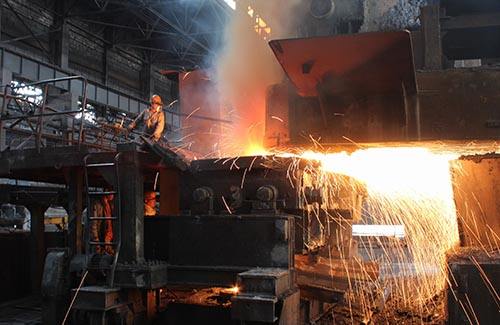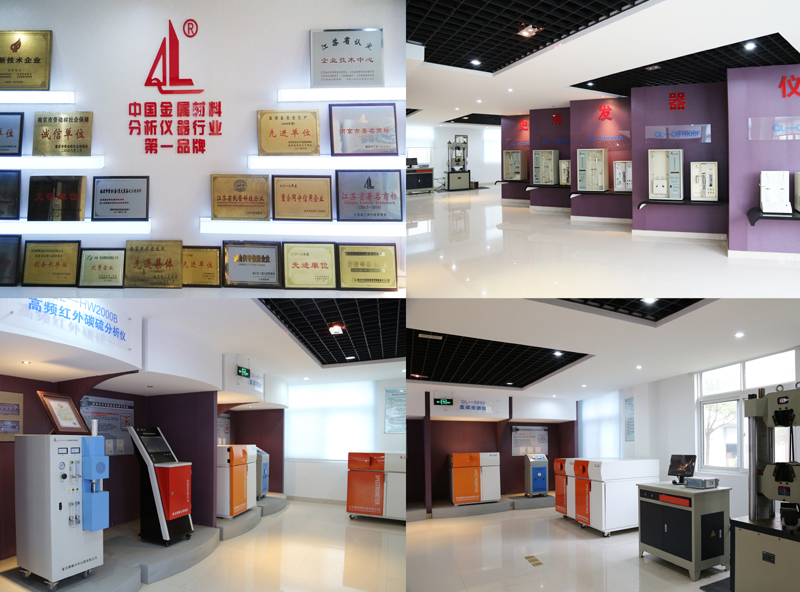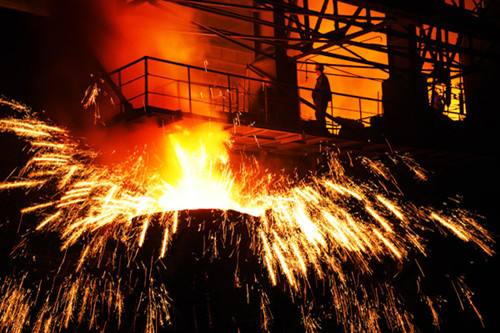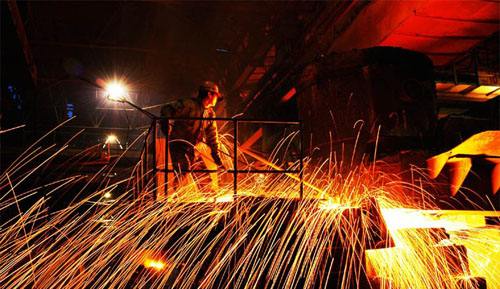What Are the Methods for Detecting Carbon and Sulfur in Steel?
With the continuous development of the steel industry, the demand for product quality has increased significantly. As a result, analytical methods have become more important than ever. Several common techniques are used to detect carbon and sulfur in steel, including traditional approaches like titration, volumetric analysis, and gravimetric methods. However, the infrared absorption method has now become a widely adopted technique in steel laboratory settings due to its speed and precision. The high-frequency infrared carbon and sulfur analyzer is an advanced tool that uses high-frequency induction heating followed by infrared absorption analysis. It can analyze both metallic and non-metallic materials with high accuracy and efficiency.

1. Infrared Absorption Method (Infrared Carbon and Sulfur Analyzer): This method involves heating the sample at high temperatures under an oxygen-rich environment, causing carbon and sulfur to oxidize into carbon dioxide and sulfur dioxide gases. These gases are then passed through specific absorption cells where they absorb infrared radiation. The detector converts this into an electrical signal, which is processed by a computer to determine the carbon and sulfur content. This method is known for its accuracy, speed, and sensitivity. Infrared carbon and sulfur analyzers are highly automated and offer excellent cost-performance, making them ideal for industries that require precise analysis.

2. Volumetric Method (Gas Volume Carbon and Sulfur Meter): The gas volume method is commonly used for measuring carbon, while the iodometric or acid-base titration method is often applied for sulfur detection. This combined approach is fast and accurate, making it one of the most widely used techniques for simultaneous carbon and sulfur analysis. The carbon-sulfur analyzer based on this method typically has a lower limit of 0.050% for carbon and 0.005% for sulfur, which meets the requirements of most industrial applications.

3. Titration Method (Titrator): This method uses non-aqueous titration to determine carbon and sulfur elements in steel via acid-base titration. It is usually paired with an arc burning furnace and is well-suited for general laboratories and pre-furnace testing scenarios. Although not as fast as some other methods, it remains a reliable option for certain applications.

4. Gravimetric Method (Carbon and Sulfur Combined Measuring Instrument): This technique involves using alkali asbestos to absorb carbon dioxide, allowing for the determination of carbon content through the "incremental" method. For sulfur, the wet method is typically used, where the sample is decomposed and oxidized in acid to form sulfate. Barium chloride is then added to produce barium sulfate, which is filtered, washed, and burned to calculate the sulfur content. While the gravimetric method is highly accurate, it is relatively slow, making it unsuitable for on-site analysis. Despite this, it is still recommended as a standard method in many laboratories and research institutions worldwide.
Nanjing Qilin Scientific Instrument Group Co., Ltd.
Testing Center
April 28, 2017
High-Speed 3D Filament Extrusion Line,Precision 3D Filament Extrusion Line,Customizable 3D Filament Extrusion Line,Advanced 3D Filament Extrusion Line Technology
Zhejiang IET Intelligent Equipment Manufacturing Co.,Ltd , https://www.ietmachinery.com